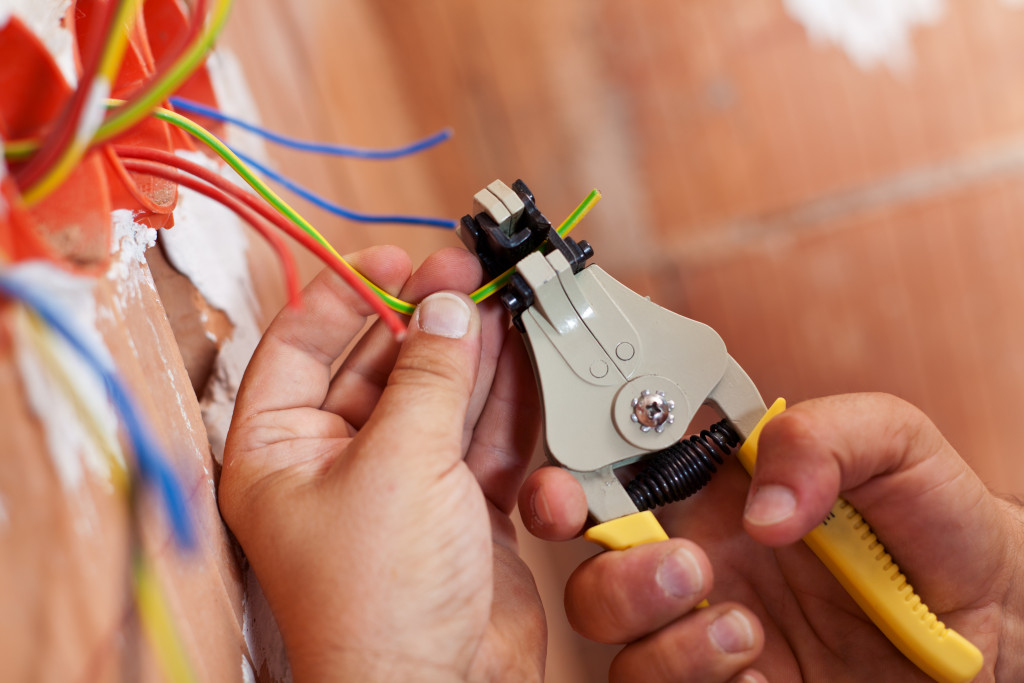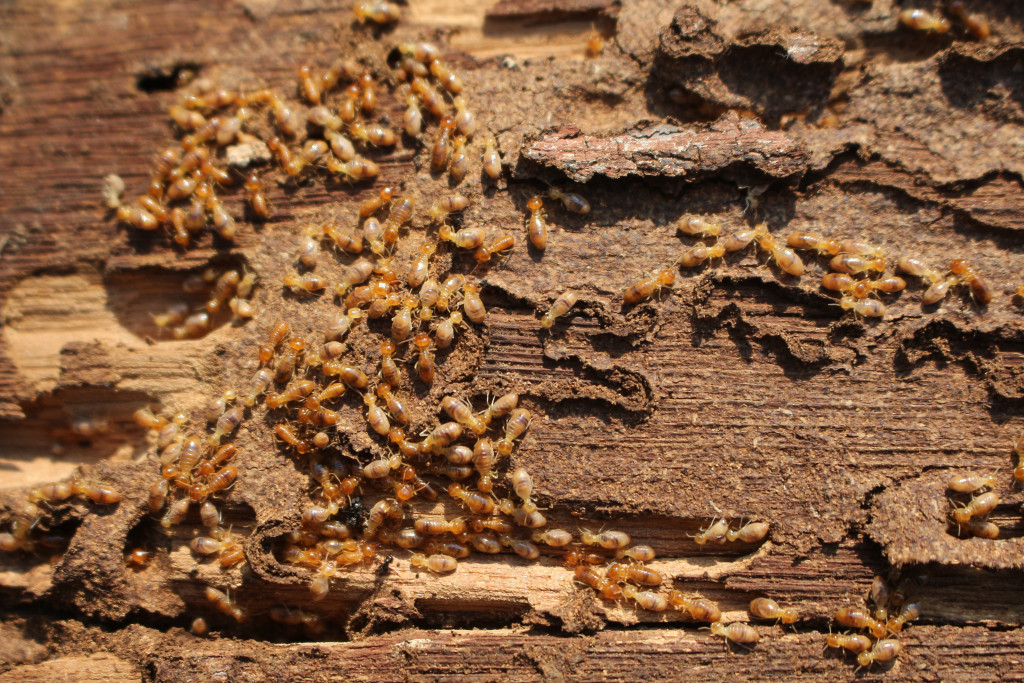- Termites are social insects that cause significant structural damage to homes by feeding on wood and cellulose materials.
- Electrical wires, insulation, furniture, chimneys, and gutters are at risk from termite infestation, increasing fire hazards and degradation.
- Identification of the termite type – subterranean, dry, or damp wood – is crucial for effective elimination.
- Professional help is recommended for termite removal due to their persistence and potential to cause extensive damage.
- Regular inspections and preventative measures are essential to avoid costly repairs and maintain the home’s structural integrity.
Termites are small insects that can cause a lot of damage to your home and property. Although tiny, they can cause significant destruction to your home’s structure and foundations, which can quickly add up to thousands of dollars in repair costs. As a homeowner, you need to know the threat of termites and how to detect them early before they cause severe damage. Here’s what you need to know about termites, how they can damage your home, and ways to get rid of them.
What Are Termites?
Termites are social insects that live in large colonies and feed on wood and other cellulose materials. They have soft bodies, straight antennae, and thick waists. Termites are commonly mistaken for ants due to their similar appearance, but they are quite different in behavior and damage caused.
How Do Termites Damage Your Home?
Termites can enter your home through cracks and crevices in the foundation, walls, or roof. Once inside, they will feed on any wood materials, including furniture, books, wooden floors, and insulation. As they continue to feed and multiply in numbers, they can cause significant damage to the structural integrity of your home. Here are some ways they can damage your home:
1. Wooden Structures
Termites can cause severe damage to your home’s wooden structures, including support beams, floorboards, and walls. As termites feed on the cellulose in wood, they can cause it to weaken and become hollow, making it extremely fragile. Over time, this can lead to the collapse of the wood, causing significant damage to your home’s foundation.

2. Electrical Wires
Termites can also cause damage to your home’s electrical wiring. As they chew through wood, they can accidentally cut through electrical wires, posing a risk of short circuits and fires. In addition, termites can also create tunnels in the walls, causing electrical cords to become exposed, creating fire hazards.
3. Insulation
Termites can also damage your home’s insulation, rendering it ineffective. As they chew through the cellulose insulation, they can create tunnels and leave behind fecal matter, attracting other pests and rodents to your home. Additionally, certain insulation materials, such as spray foam, can increase termite risk in your home. This can result in higher energy bills and a less comfortable living environment.
4. Furniture and Decorations
Termites can damage your home’s structure, furniture, and decorative items. As they often live in wooden furniture, they can chew through the wood, ruining it beyond repair. This can amount to significant replacement costs for homeowners with expensive furniture.
5. Chimneys and Gutters
Termites can also infest your home’s chimney and gutters, causing extensive damage. Termites can chew through the wood in your chimney, causing it to weaken and become unstable, leading to a collapse. In addition, termites can also damage gutters, causing water build-up and leakages, causing significant damage to your home’s walls and foundations.
How to Get Rid of Termites
If you suspect you have a termite infestation, it’s crucial to act quickly to prevent further damage to your home. Here are some steps you can take to get rid of termites:
1. Identify the Type of Termite
The first step is to identify the type of termite infesting your home. There are three main types: subterranean, dry wood, and damp wood termites. Each requires a different treatment approach, so knowing which type is present in your home is essential.

2. Call a Professional
Termites are persistent pests that require professional help to eliminate. A licensed pest control service for termites can thoroughly assess the severity of the infestation and determine the best course of action to get rid of them. They can also provide preventative measures to avoid future infestations.
3. Use Termite Baits
Certain baits are an effective way to get rid of termites. They contain slow-acting poisons, which the termites carry back to their colony, killing off the entire colony. This method is best used by professionals who properly place and monitor the bait stations.
4. Treat the Infected Area
If your infestation is localized, treat the affected area with a termite-killing product, such as borate-based wood preservatives or liquid termiticides. However, this method may not effectively eliminate the entire colony and require multiple treatments.
Termites are destructive pests that can cause significant damage to your home if not dealt with promptly. Regular inspection and early detection are crucial in preventing costly repairs and protecting the structural integrity of your home. If you suspect a termite infestation, don’t hesitate to seek professional help immediately for effective elimination. Remember, prevention is always better than cure when it comes to termites!
